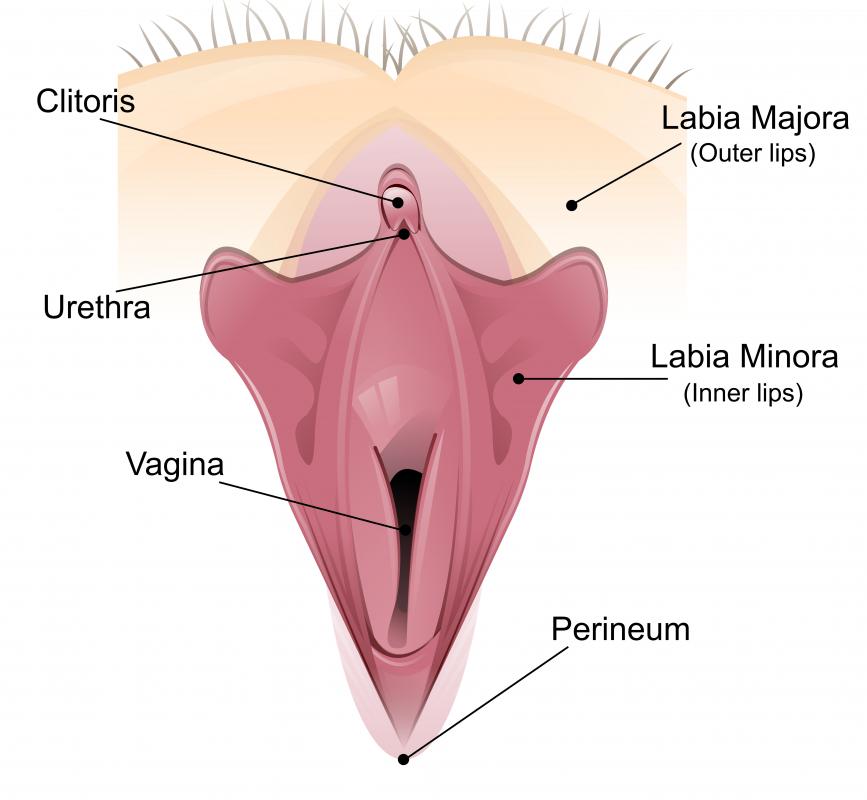At WiseGEEK, we're committed to delivering accurate, trustworthy information. Our expert-authored content is rigorously fact-checked and sourced from credible authorities. Discover how we uphold the highest standards in providing you with reliable knowledge.
What Are the Different Types of Pterygium Syndrome?
Aspects of pterygium syndrome can vary by individual but typically include a cleft palate or lip, skin webs covering the rear knee joint, and genital abnormalities. Other possible features can include webbed toes or fingers, so-called lip pits, or unusual skin folds on the jaws, eyelids, or big toes. This rare disorder is sometimes called popliteal pterygium syndrome, or PPS, as well as facio-genito-popliteal syndrome. It is known to be caused by a mutation in the IRF6 gene. Van der Woude syndrome is a closely related condition that results from a different mutation of the IRF6 gene, with some of the same symptoms as PPS.
One common feature of pterygium syndrome is some version of a cleft lip or cleft palate. The lip malformation might cause pits or depressions in the middle of the bottom lip or unusual mounded areas of skin on some part of the individual's lower lip. An individual's palate, also known as the roof of one's mouth, could contain an abnormal opening. Some individuals with pterygium syndrome do not have a typical number of teeth, a condition called hypodontia. All of these physical problems can cause difficulties in language development.

Popliteal pterygium syndrome gets its name from the common involvement of the popliteal area behind the knee. Individuals with this disorder generally have webbed skin growing across the back of the knee and possibly extending down to the person's heel, making it difficult to walk or crawl without surgical removal of the webs. This skin webbing can also occur over the large toenails, and in some cases there is also extraneous tissue that partially connects the jaws or the lower and upper eyelids. Webbed or fused toes and fingers, known as syndactyly, are also common in people with pterygium syndrome.

Malformation of the genitals frequently occurs in conjunction with pterygium syndrome. Female individuals could have very small external labia. Males are likely to have a divided scrotum or testes that do not descend normally, sometimes called cryptorchidism.
A similar congenital disorder is called Van der Woude syndrome. This disorder is also the result of mutations in the IRF6 gene. Individuals with Van der Woude syndrome also tend to have a pitted lower lip, cleft palate, cleft lip, or hypodontia.
Pterygium syndrome is extremely rare. Some estimates place the occurrence of this disorder at about 1 in 300,000 births. Van der Woude syndrome is slightly more common, accounting for about two percent of cases involving a cleft lip or palate.
AS FEATURED ON:
AS FEATURED ON:













Discuss this Article
Post your comments